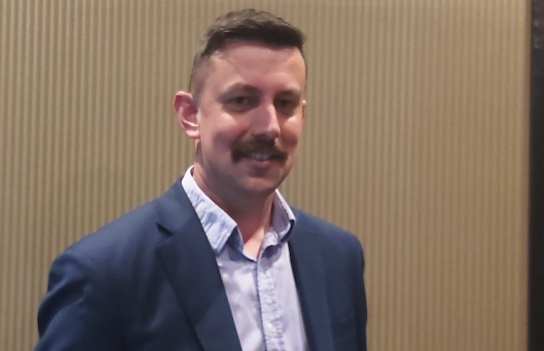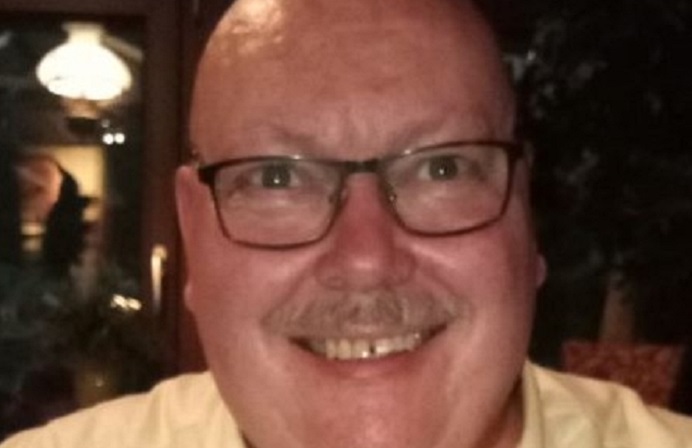
“We realised a few years ago that continuing to try to innovate with legacy technology platforms wasn’t going to give us the agility or flexibility to meet our members’ future expectations or those of the wider industry.”
FST Media: Take us through your technology agenda over the next 12 months. How are Defence Health’s digital capabilities evolving to keep pace with Australia’s changing insurance landscape
Reiter: The next 12 months at Defence Health will see us continue to deliver on our transformation project, where we are implementing a new core insurance platform built on the Oracle Health Insurance system, and uplifting both our data analytics and digital capabilities. This investment is a reflection of the changing insurance landscape in Australia, where, as a member-based organisation, we see providing a seamless, agile, and robust customer experience via digital capabilities as key to keeping pace with these changes.
FST Media: Insurers today are awash with data, sourced through any number of front- and back-end channels, including mobile apps, online service portals and, increasingly, IoT devices. How can insurers effectively steward these voluminous data streams and best leverage the insights they offer to make practical improvements within the business?
Reiter: I often think that Insurance is as much of a data-driven business as it is a customer-focused one. The key to managing these numerous data channels to best leverage their insights is why we built a centralised ‘Data Lake’. Our Data Lake receives data feeds from all of our various systems and data inputs in a central repository. We can then leverage our business intelligence capabilities, utilising artificial intelligence, to determine the best data algorithm we should use to present the most practical and business-aligned view of that particular data set.
FST Media: As financial services today face unprecedented change in technology and regulatory frameworks, how do you as Defence Health’s chief technologist drive a customer-first innovation ethos within the organisation?
Reiter: We have a customer-first innovation ethos right through the company, from the Board, executives, management, and staff. The entire company is focused on how we can provide the best customer experience to our members. In support of our company culture, I established a Business Transformation team that has the mandate to review how we do things today, find opportunities for improvement, and drive innovation. We achieved this by setting up what we called a ‘Process Improvement Factory’, which was based on our Innovation framework. This framework focused on taking emerging technologies to drive process or system changes that would support our culture of providing a great experience to our members.
FST Media: In an age where ‘bigtechs’ have mastered the art of hyper-personalisation, what defines a winning customer interaction for insurers? Is there a silver bullet process or technology that can meet customers’ soaring expectations?
Reiter: I don’t think I have ever encountered a single process or technology that is a silver bullet to addressing a challenge! I certainly agree, it’s a challenging environment; we are already seeing neobanks launching in Australia with some amazing capabilities. This is partly why we have undertaken a large transformation program internally. We realised a few years ago that continuing to try to innovate with legacy technology platforms wasn’t going to give us the agility or flexibility to meet our members’ future expectations or those of the wider industry. As part of this transformation, we are changing not only our technology systems but also business processes to look at how we can be more agile and provide a personalised and seamless engagement model to our members, no matter which channel they choose to engage with us on.
FST Media: Cultural change is critical to any successful transformation program. However, such sweeping change can often meet stiff resistance from entrenched employees. As Defence Health’s digital overhaul continues at pace, how do you ensure that everyone – no matter their position or stake in the business – is on board for the same transformation journey?
Reiter: I agree that culture change is the most critical component of any transformation program. I believe that you need to invest in communicating with everyone in the organisation why we are doing this change and what this means for both our members and the individuals in the organisation. We are tackling this from multiple angles, via regular newsletters, showcases, engagement surveys, and company-wide updates, which allow our CEO to provide updates, as well as making the leaders in the organisation accountable for supporting the delivery of the transformation journey. So far we have seen some really positive results and a lot of support for the transformation program.
FST Media: As a seasoned corporate executive, you’ve held various leadership roles over the past decade. What advice would you offer to aspiring technology leaders in getting the most out of their team and digital assets?
Reiter: My advice for getting the most out of your team is to bring your team along for the journey. Spend the time at the start of the project to really explain to them what we are doing and why; go into the details and share with them both the short- and long-term strategies – I find this helps significantly as then all of the team know exactly what we are doing and why. I then focus on giving feedback regularly via formal settings such as team meetings, but also in ad-hoc conversations with the different team members. Some of the best conversations and insights come from me spending time sitting with a developer, analyst, tester or project manager and just getting them to show me what they are working on and asking questions and giving feedback in a collaborative way.
Generally, I find everyone wants to do their best at work – our job as leaders is to give them the support they need to so that they can. ⬤





